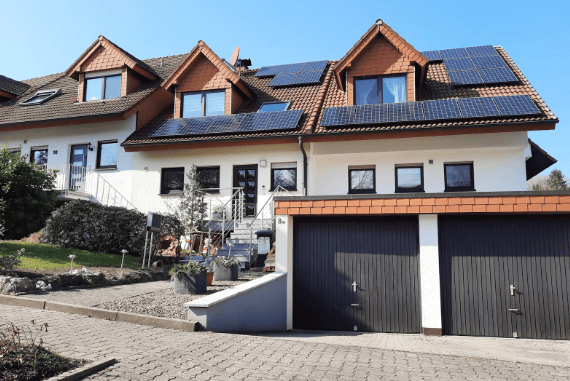
Smart Energy Management
Optimize your home's energy use with real-time monitoring and intelligent device control solutions.
Energy Management
Smart home system optimizing energy consumption in real-time.


Device Control
Intelligent collaboration of home energy devices for efficiency.


Optimization Algorithm
Scheduling energy use based on dynamic pricing and habits.
In terms of functional realization, smart home energy management revolves around the two core goals of energy saving and comfort. On the one hand, through real-time perception and control, the operating status of the equipment is automatically adjusted, such as controlling lighting according to light intensity, shutting down idle equipment according to indoor personnel activities, and reducing unnecessary energy consumption; on the other hand, with the help of user behavior learning and personalized scene settings, energy saving is achieved on the premise of meeting the user's life needs. For example, the system learns the user's work and rest habits, preheats the coffee machine and adjusts the indoor temperature before getting up; the user-defined "away mode" and "sleep mode" can realize the intelligent start and stop and energy-saving adjustment of the equipment with one click.




The value of smart home energy management is reflected in multiple dimensions. For users, it reduces household energy expenses and improves the convenience and comfort of life; for society and the environment, it helps to ease the contradiction between energy supply and demand, reduce carbon emissions, and promote sustainable development. At the same time, multi-device linkage and collaborative control breaks down the barriers between devices, realizes the synergy of energy management, and points the way for the future development of smart and green homes.




Application in daily home scenarios
In daily home scenarios, the application of smart home energy management systems is ubiquitous. In the early morning, when the human infrared sensor detects that the owner has gotten up, the system will automatically turn on the soft morning lighting and start the coffee machine at the same time. This process reduces unnecessary energy waste through device linkage. During the day, the light sensor monitors the indoor light intensity in real time. If the light is sufficient, the system automatically turns off all lighting fixtures.
Intelligent response in special scenarios
In special scenarios, the smart home energy management system demonstrates strong adaptability. For example, in extreme weather conditions, the system will adjust energy usage strategies in advance based on weather forecasts. If high temperatures are predicted, the system will pre-cool the air conditioner to a suitable temperature during off-peak hours to avoid high energy consumption caused by centralized cooling during peak hours; at the same time, it will automatically shut down unnecessary high-power devices.